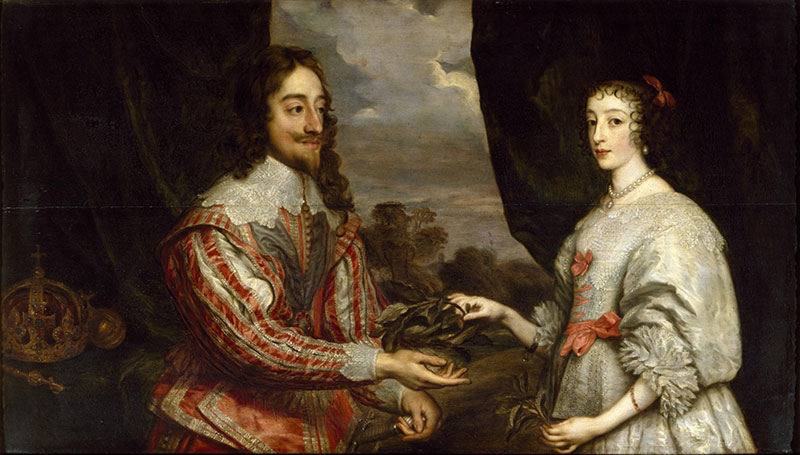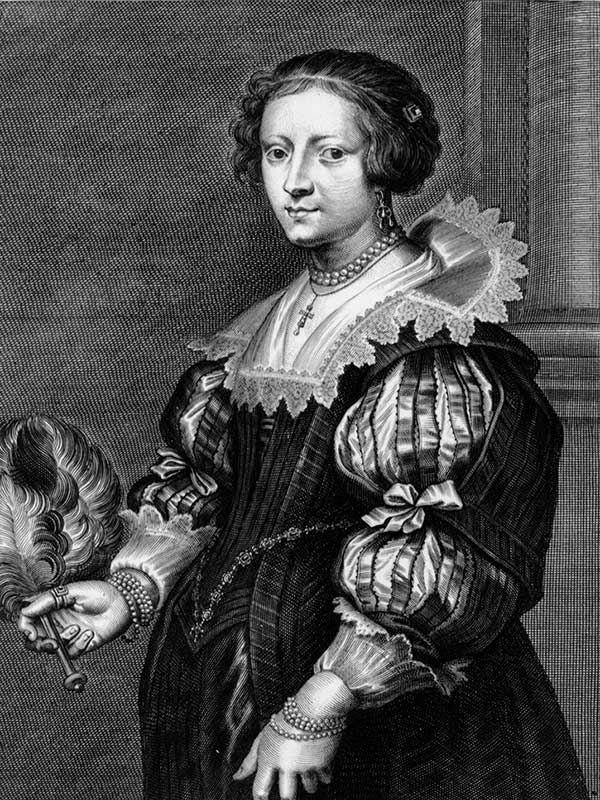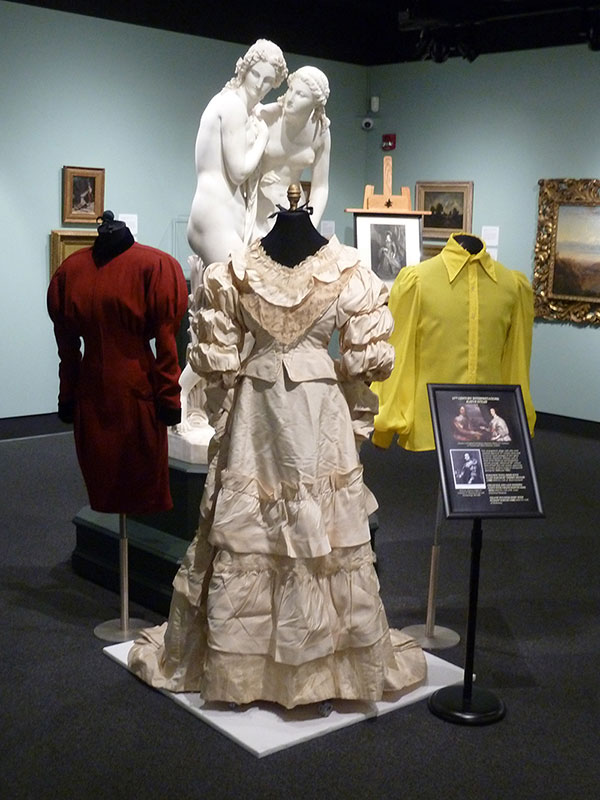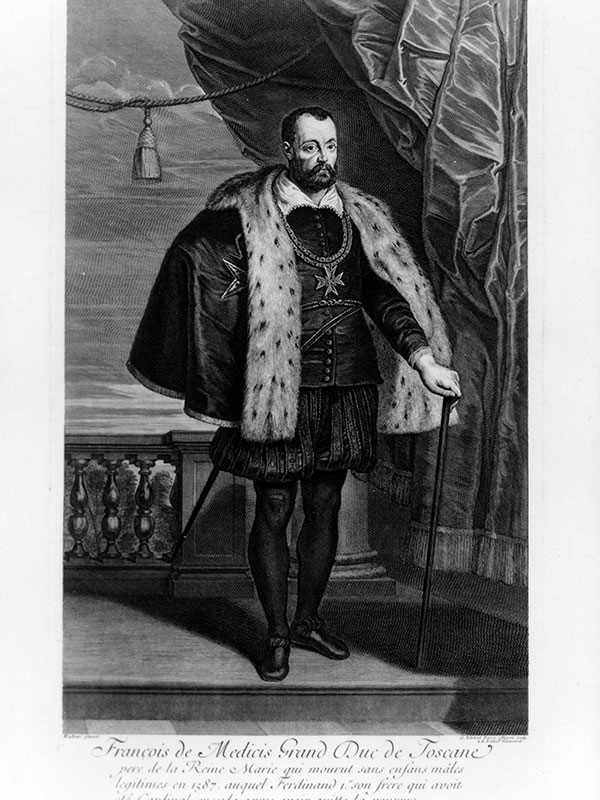F.A.M.E.: FASHION. ART. MUSEUM. EXPERIENCE.
Thirty-one students. Three colleges. Two collections. A one-of-a-kind student experience.
November 8, 2019
F.A.M.E.: Fashion.Art.Museum.Experience is a unique fundraising event for the Museum of Art and Archaeology’s Museum Associates and the Missouri Historic Costume and Textile Collection at the University of Missouri. Over thirty-one students in TAM 2580 Digital Apparel and Textile Applications, TAM 4480 Creativity and Problem Solving, and Plant Sciences 3220 Special Occasion Floral Design were invited to participate in the event held at the Museum of Art and Archaeology. Three colleges were represented – the College of Arts and Sciences, the College of Human Environmental Sciences and the College of Agriculture, Food and Natural Resources – and over fifteen student apparel, scarf and floral designs were displayed. TAM students drew inspiration for their designs from Museum artwork while CAFNR students created floral designs inspired by the event’s 17th-century theme displayed in related MAA artwork and MHCTC fashions inspired by dress and textiles of the period. Guests spoke with students about the creative processes behind their designs during the Meet-the-Designer Reception while enjoying refreshments accented with Plant Studies floral designs. View the F.A.M.E. Exhibition Flyer (PDF) and click below to view student designs and related artwork and textiles from the Museum of Art and Archaeology, Missouri Historic Costume and Textile Collection and the Victoria and Albert Museum.

2580 Digital Print Scarves

4480 Apparel Designs

3220 Floral Designs
17TH CENTURY INFLUENCES: JEWELRY DESIGN
As reflected in the 17th century prints on display in the Museum of Art and Archaeology, new styles of jewelry were introduced by the mid-17th century. Dark fabrics often featured elaborate gold jewelry and metal threads while new, softer pastel shades became backdrops for pearls and gemstones. Exploration and global trade made more gemstones available; advances in cutting techniques increased their brilliance and sparkle. Large jewels were pinned or stitched to dress fabrics and adorned bodice and breast ornaments.



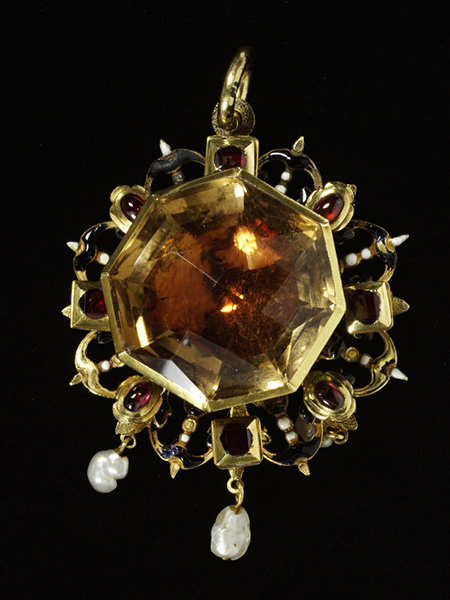
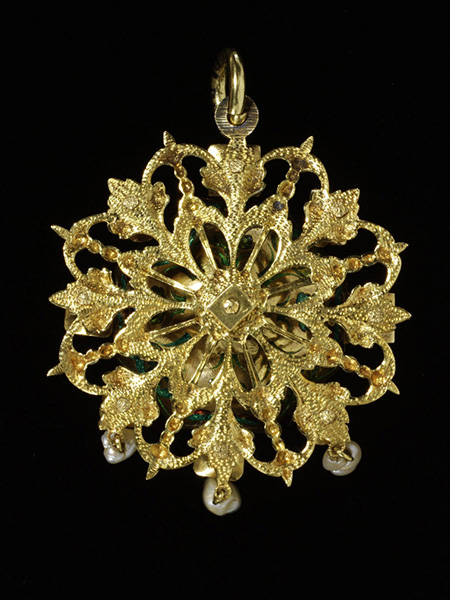
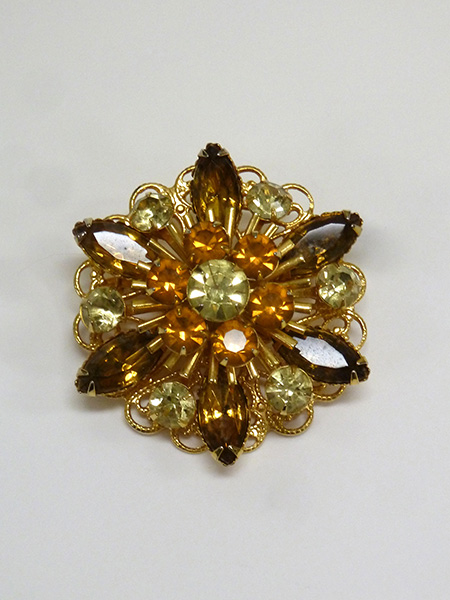
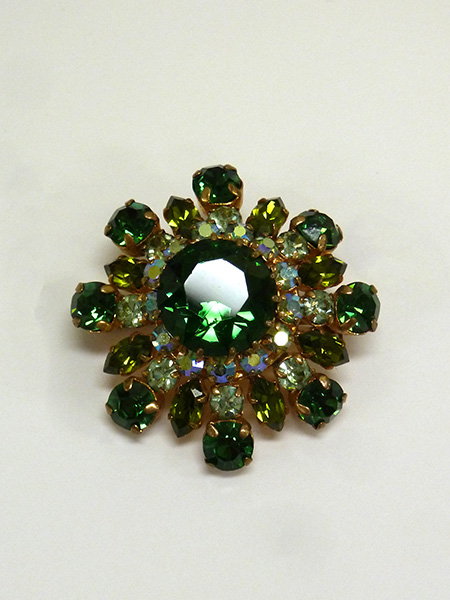

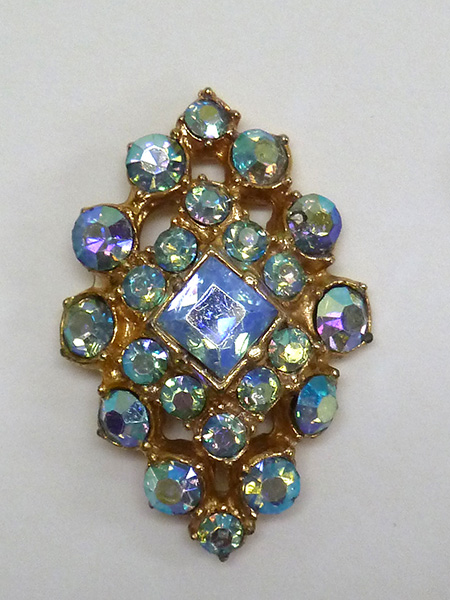
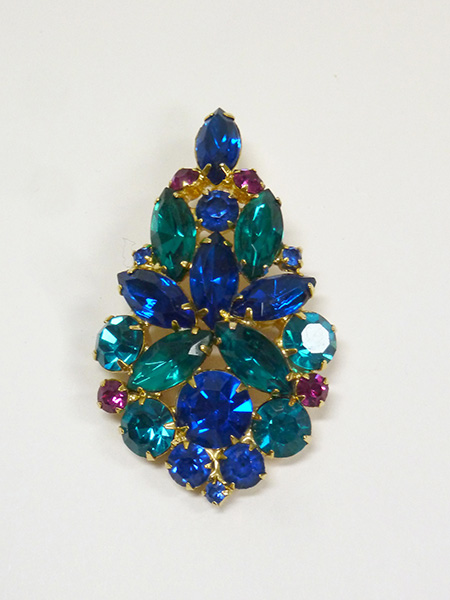
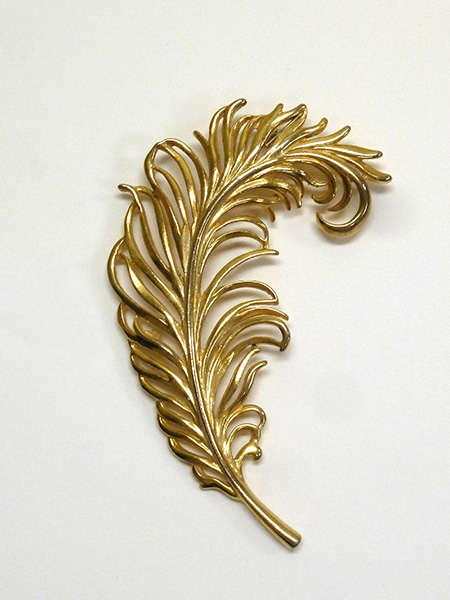
17TH CENTURY INFLUENCES: DESIGNS AND PATTERNS
The Baroque period (between 1600 and 1750) was a highly ornate and ornamental period of art, considered one of the most celebrated cultural movements in western art history. A style that followed the Italian Renaissance and was encouraged by the Catholic church as counter point to a new Protestant austerity, it featured spatial illusionism, movement, spontaneous emotion, rich colors, and intense interplays of light and dark. Artisans excelled as painters, architects, gold- and silversmiths, glass blowers, makers of porcelain and terracotta, carvers in wood, stone, or ivory, printers, and weavers. Textile designs and patterns also featured ornate detail and often favored balance and symmetry, influences of which can be seen in the textile samples below.
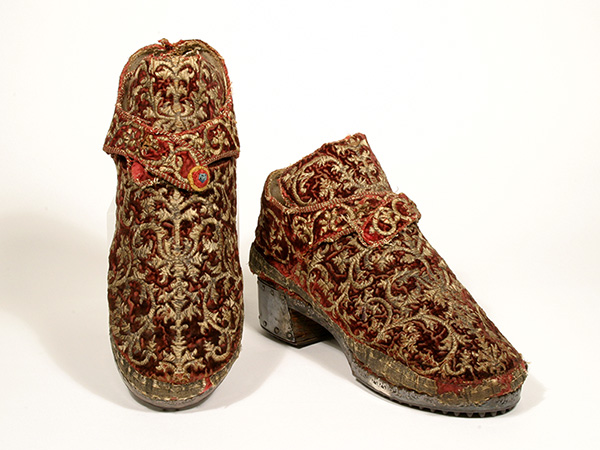
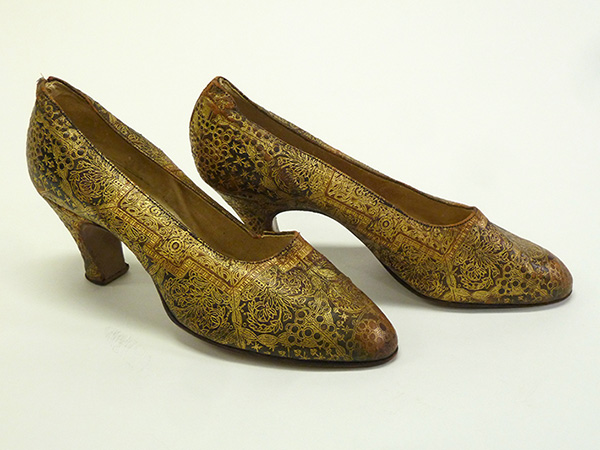

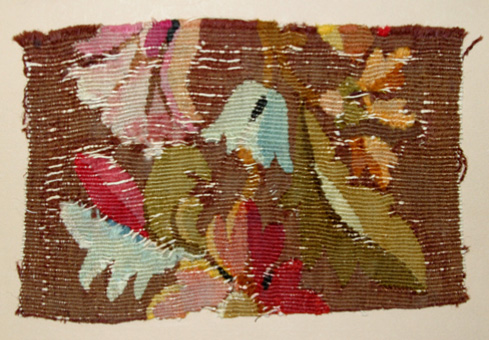

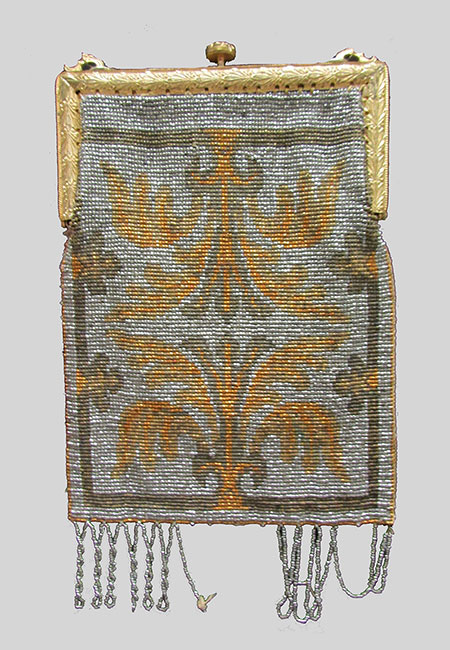
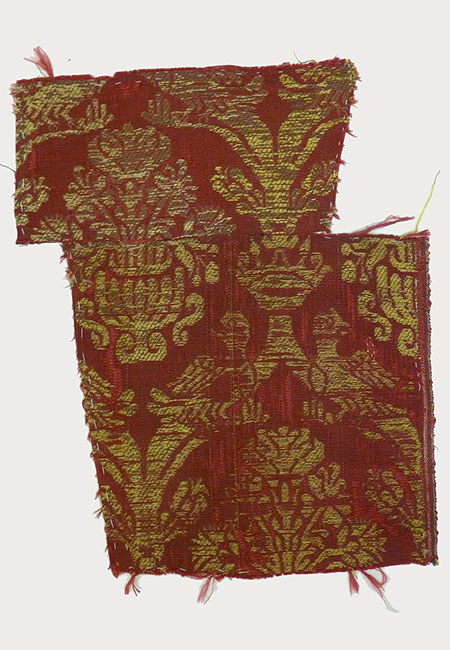
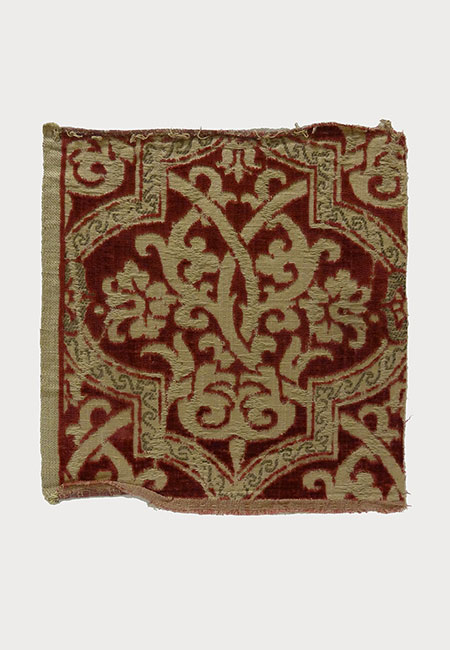
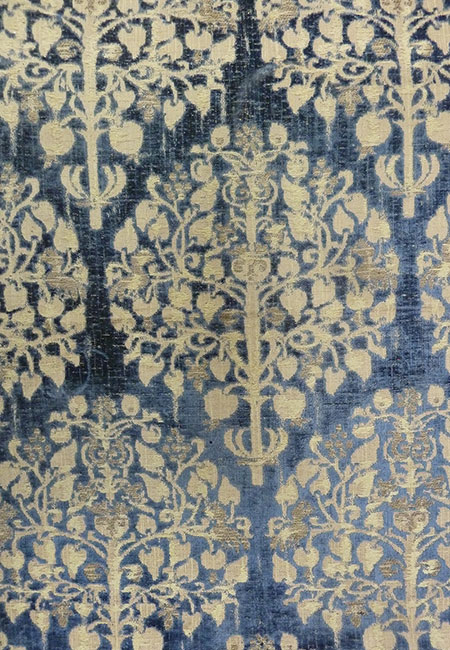
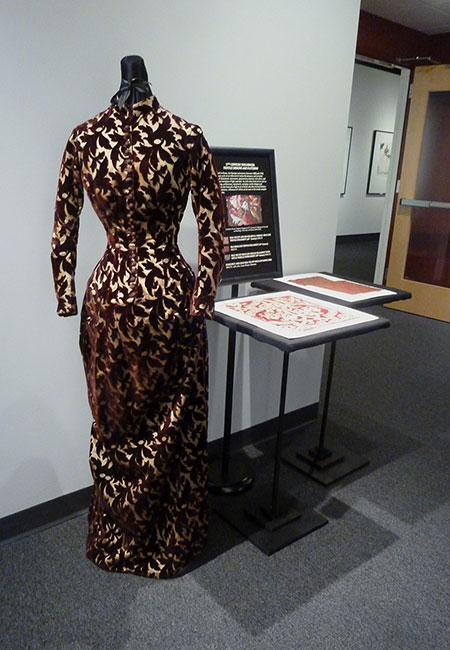
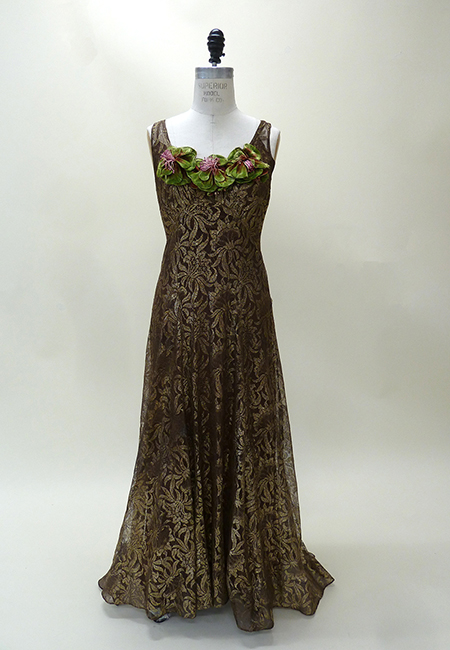
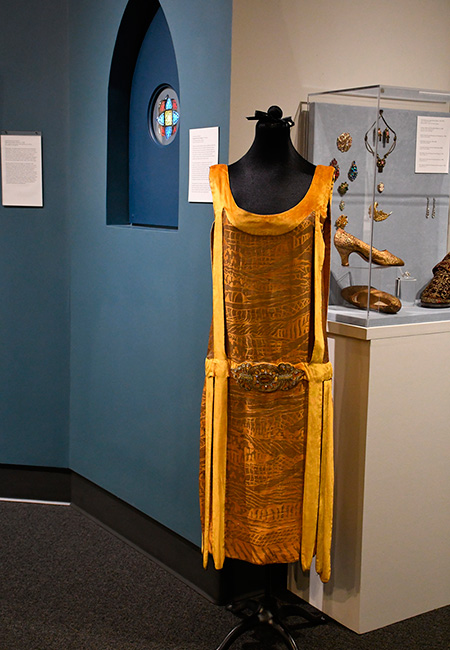
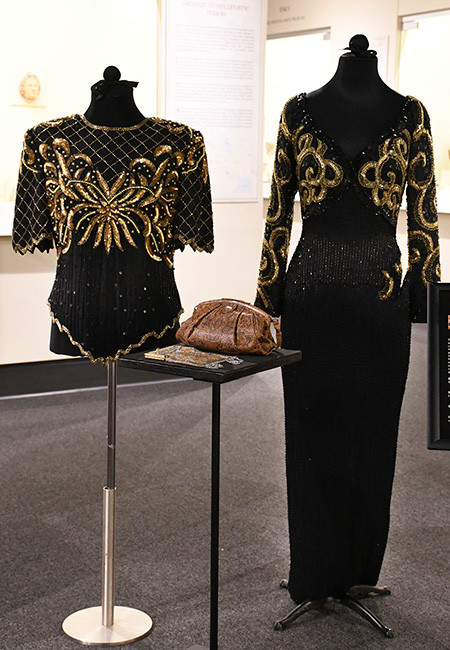
17TH CENTURY INTERPRETATIONS: DRESS OF THE CAVALIER
The 17th century English Cavalier describes both dress and political attitude. Initially associated with Royalists in the English Civil War, he was not only a soldier, swordsman, and man of affairs, but also a romantic, musician, and poet known for his chivalric ideals and extravagant style. The Cavalier’s dress included multiple layers trimmed with ribbons and lace: a voluminous cape; doublet; shirt with full sleeves; and Venetian-style breeches. Large hats with feather accents sat atop long, flowing hair. Lace fell over the shoulders in a large falling band and decorated flared gauntlet gloves and boot hose atop heeled bucket boots. Lastly, a decorative baldric held the cavalier’s sword close to his side. MHCTC garments on display, all of which are elements of women’s dress in contemporary Western culture, are an amalgamation of garments used to interpret the elaborate style of the 17th century English Cavalier.
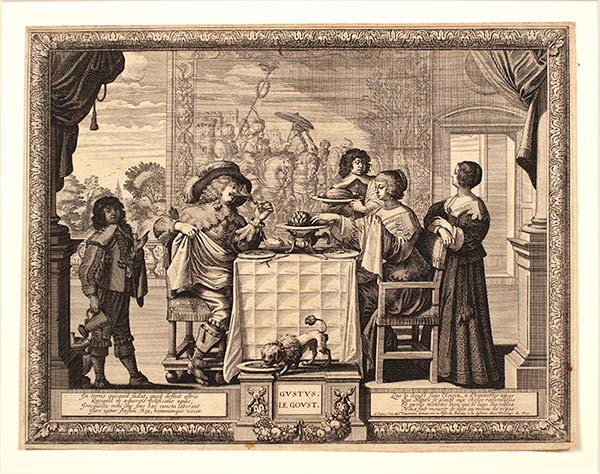
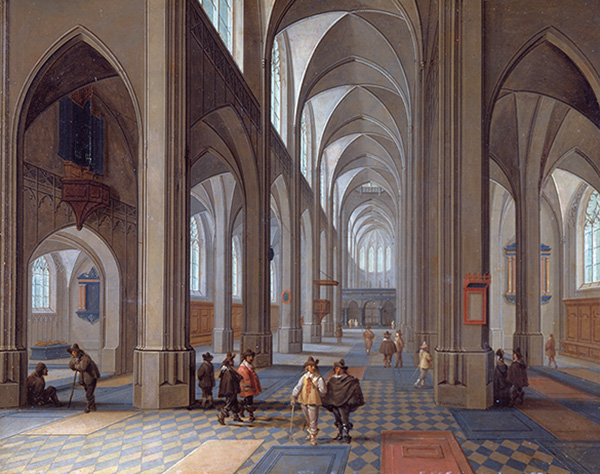
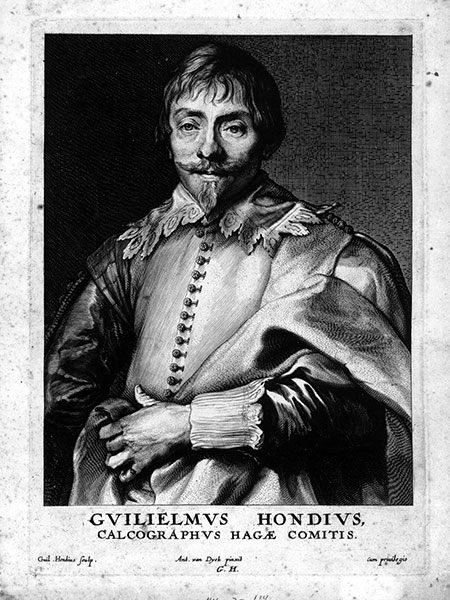
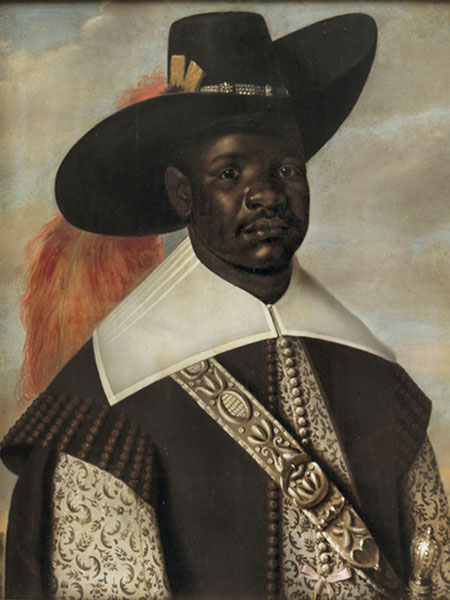
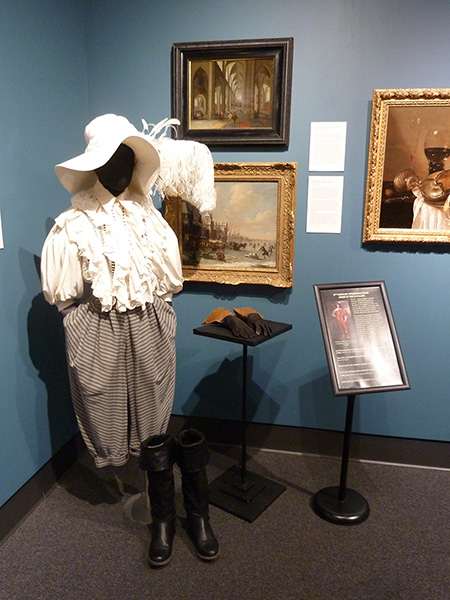
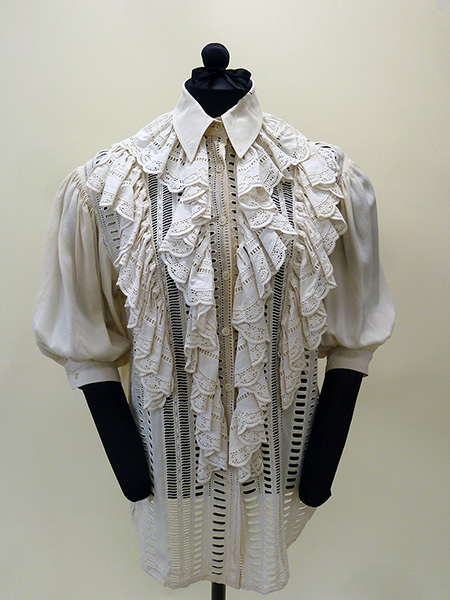

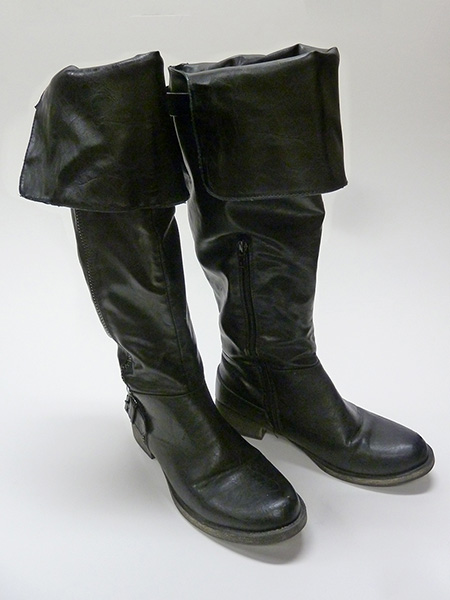
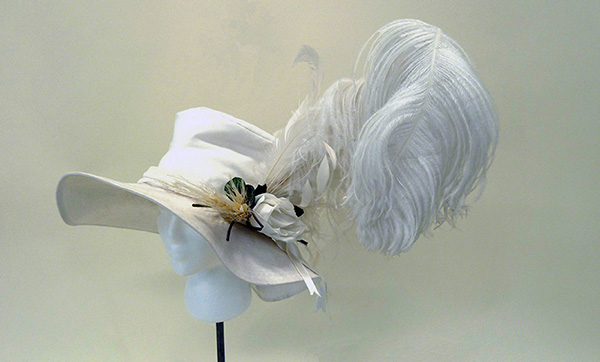
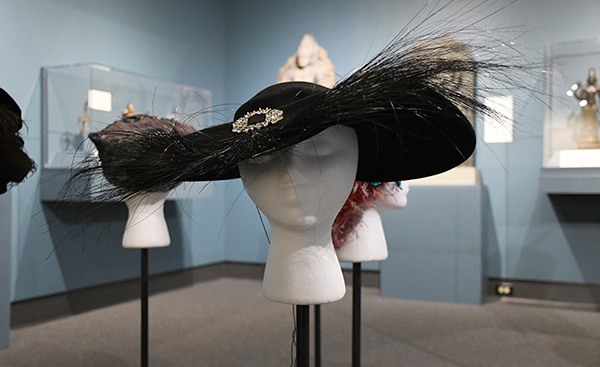
17TH CENTURY INTERPRETATIONS: ACCESSORIES
Accessories in the Baroque aesthetic featured a variety of historical influences as well as elaborate trims, lace, and rich textiles. Headwear became more elaborate and included styles and patterns of the Near and Far East, as well as plumes of exotic birds acquired from colonies established by the period’s European powers – Spain, England, France, and the Netherlands.
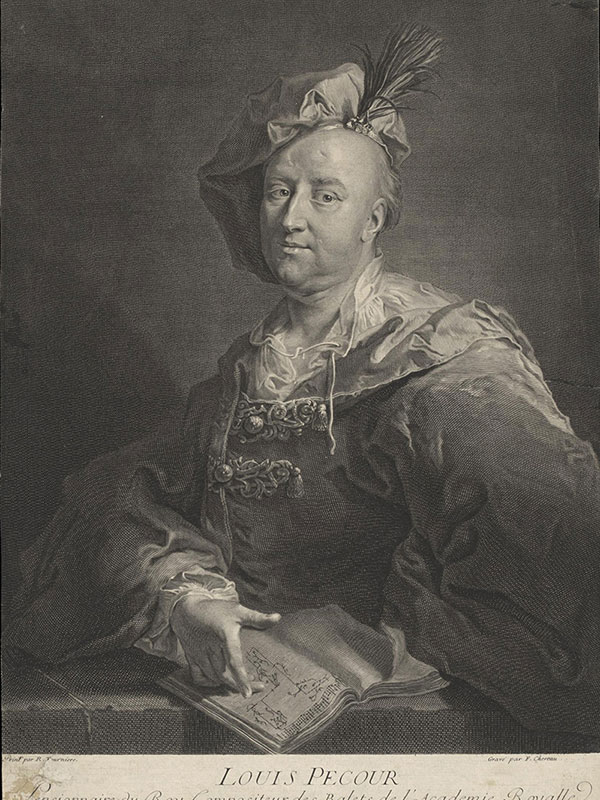
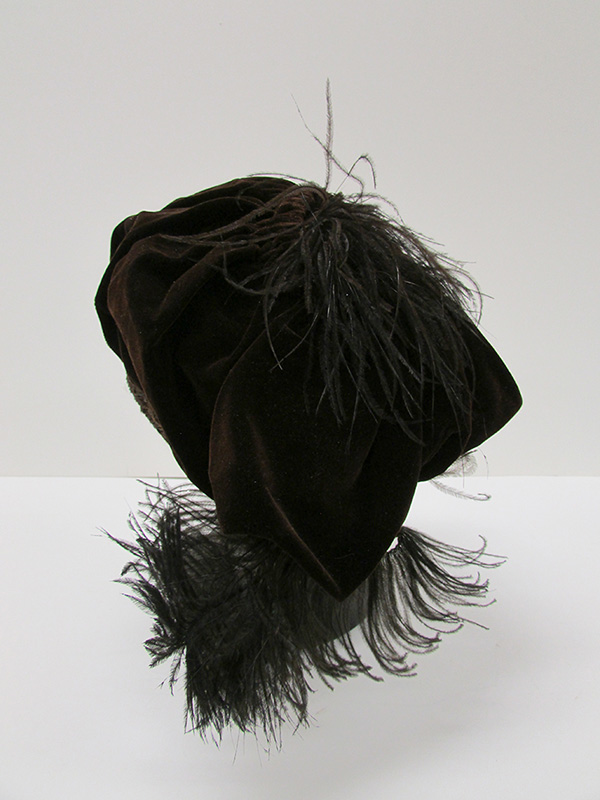

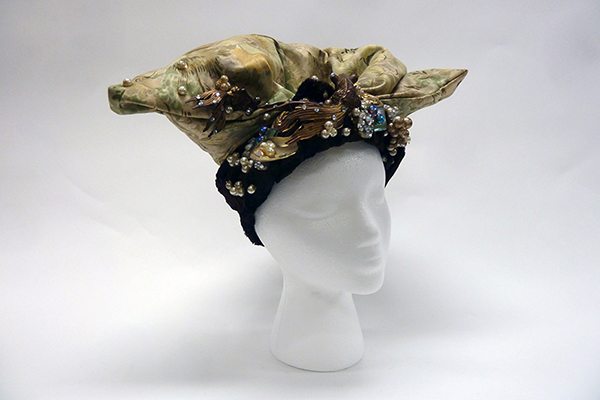
During the 17th century, the Dutch supplied the world with lace to accent collars, cuffs, gloves, boots, and more. Neckwear frequently included lace and was quite elaborate, having evolved from starched whisks and ruffs in the early part of the century to softer styles of cotton, linen, silk, and lace that draped across the shoulders in falling bands. Towards the end of the 17th century, men’s neckwear styles decreased in size to smaller waterfalls, or jabots, of lace, linen and silk. Interpretations of these elements appeared frequently in dress of the 1960s and 1980s when historical fashions were popular in both men’s and women’s dress.
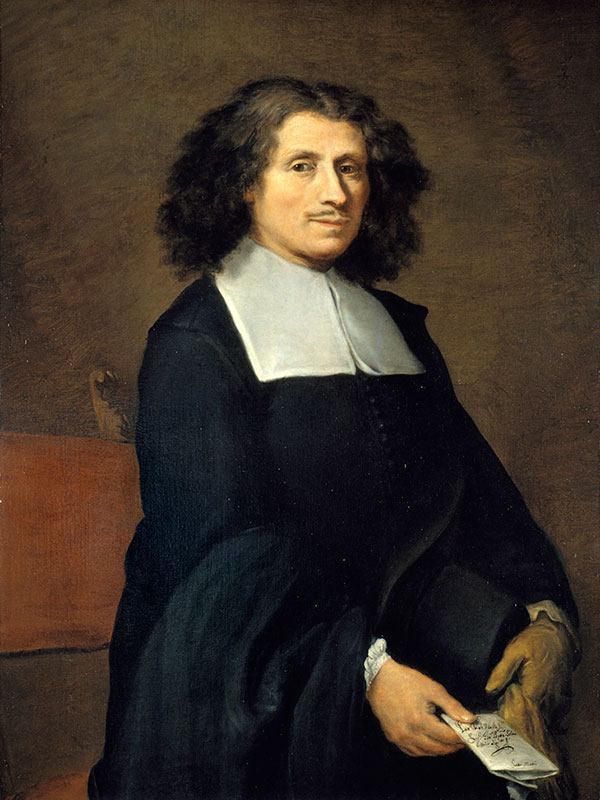
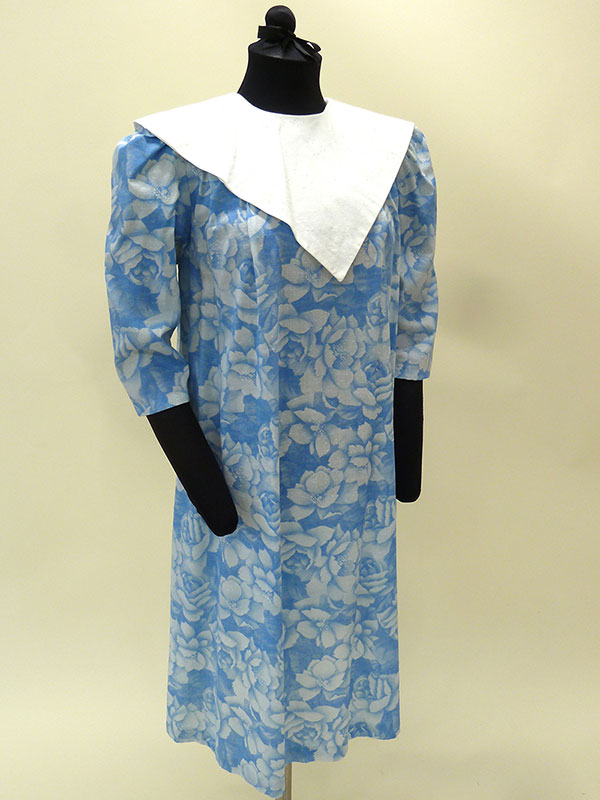
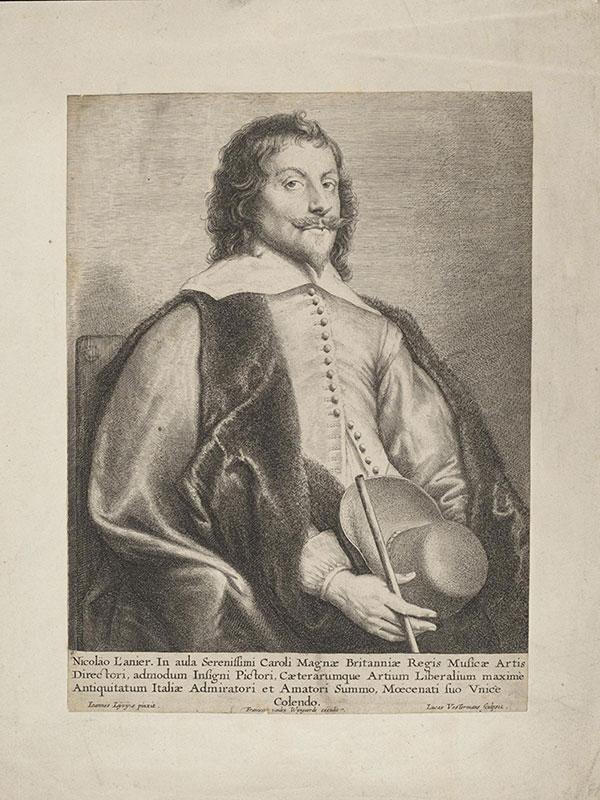
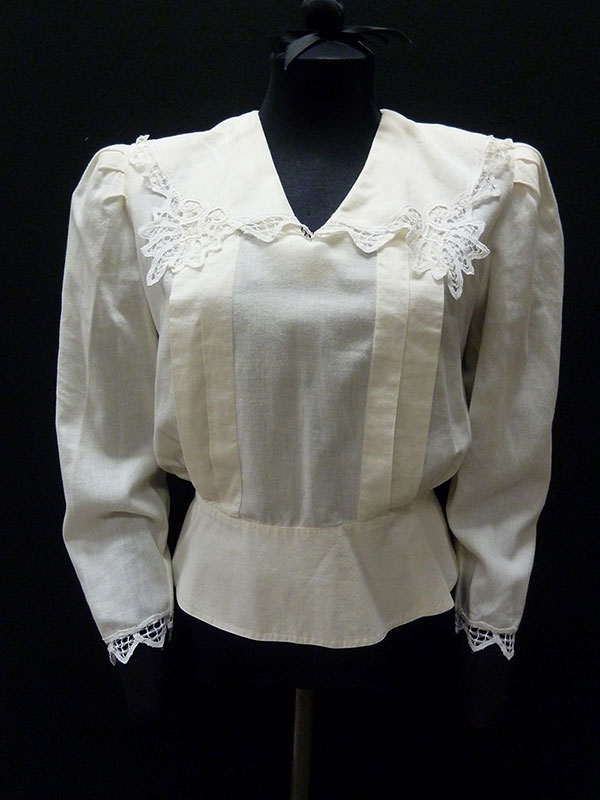
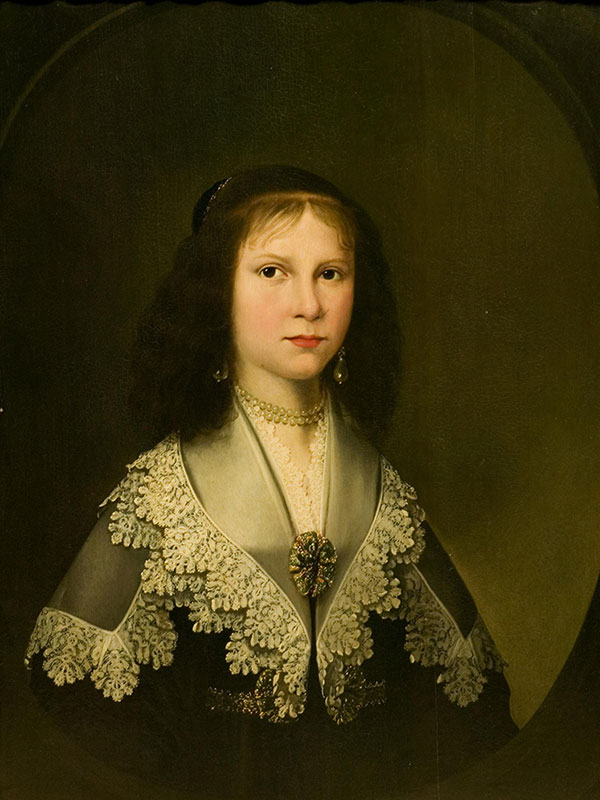
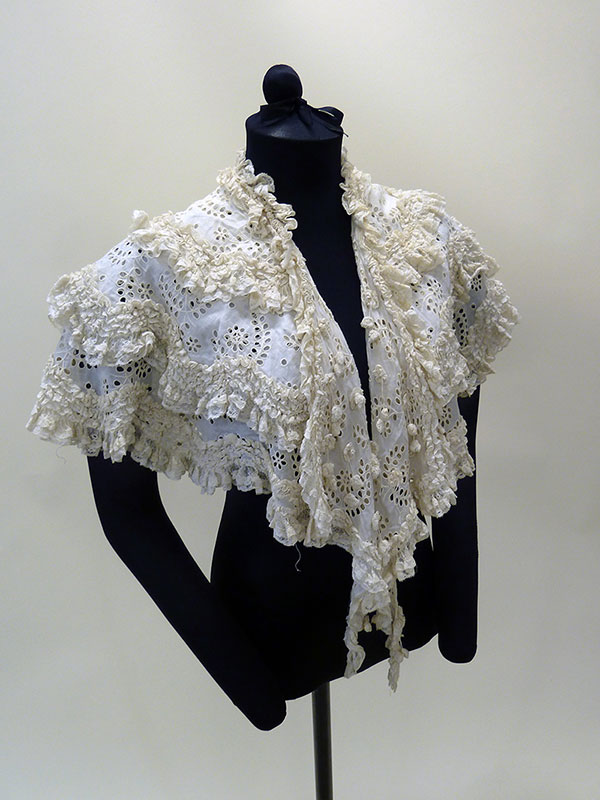
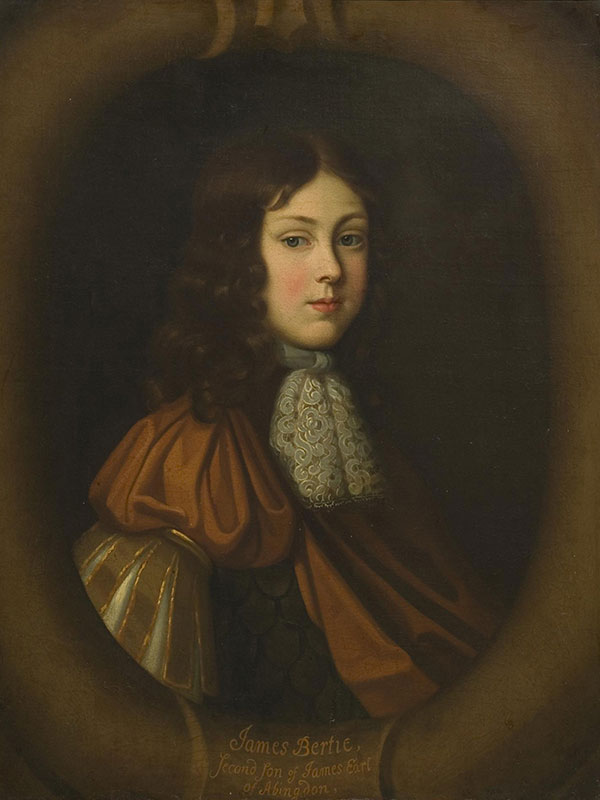
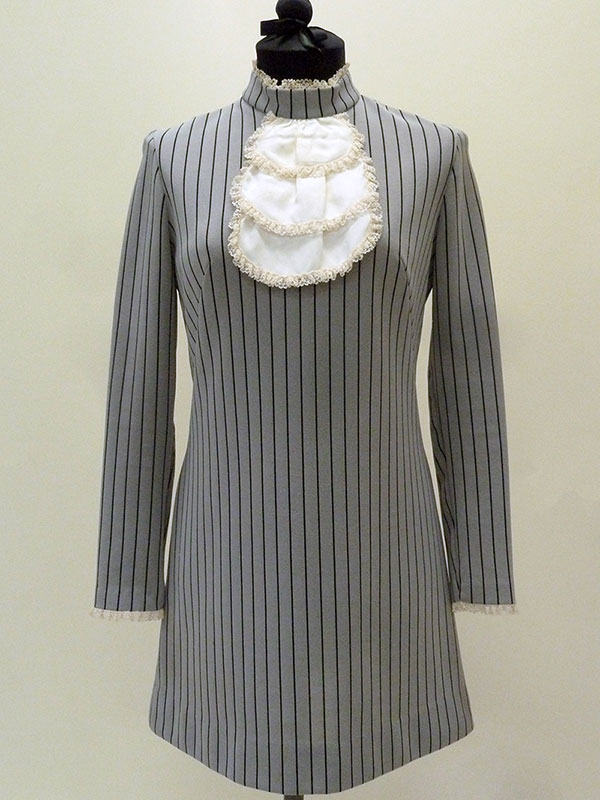
17TH CENTURY INTERPRETATIONS: SLEEVE STYLES
Cut, arrangement, shape, and color were essential aspects of 17th century dress used to convey visual messages of one’s place in society. Historical fashions, such as those of the Medieval and Elizabethan periods, strongly influenced 20th century dress of both men and women, appearing in a variety of sleeve styles re-interpreted during the 1960s and 1980s.
